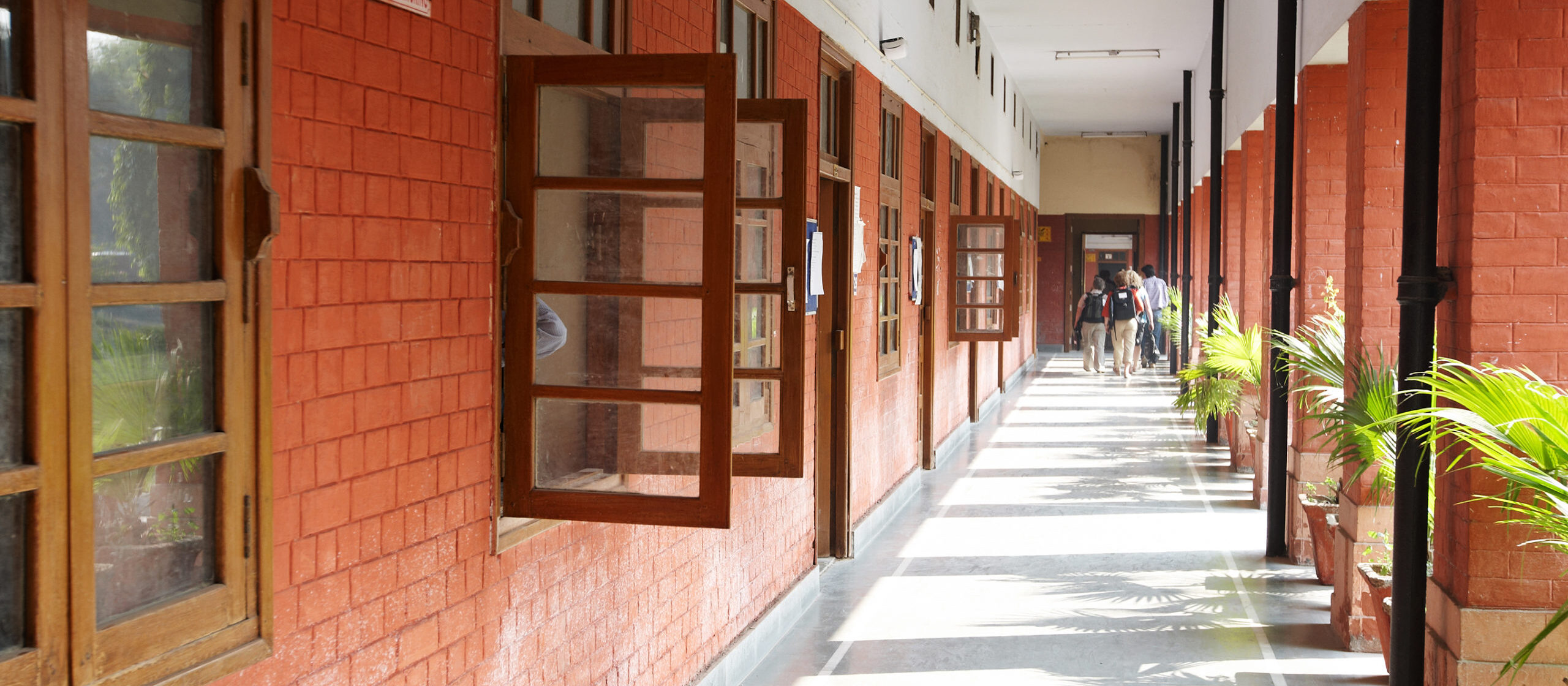
Representative Photo
Delhi University’s two all- girls colleges — Miranda House and Lady Shri Ram College — have consistently held the top position on National Institutional Ranking Framework (NIRF) rankings released by the Ministry of Human resource development. Miranda House secured first rank in this list for the fifth consecutive year, while Lady Shri Ram College secured rank two for the second year in a row.
Interestingly, two other elite colleges — Hindu College and St Stephen’s College – have drastically dropped from their earlier ranking. Hindu College, which ranked 3 in 2020 dropped to 9 this year, and Stephen’s College ranked 8, while in 2020 it had rank 4. Hansraj College couldn’t even secure a place in top ten and fell at 14 — it had rank 9 last year.
NIRF ranking is prepared based on some parameters like teaching, learning, and resources, research and professional practice, graduation outcomes, outreach and inclusivity and perception. On the score of these, rankings are prepared.
Miranda House has been consistent on performance, and that is what Principal of the college Bijayalakshmi Nanda thinks is the key to college’s success, “Consistency and collaboration have been the key. Covid has taught everyone compassion. We tried to help the students and address their grievances. We encouraged a lot of collective work and a lot of multidisciplinary research started. Our placements have improved.” She told PTI.
Nanda is an advocate of multidisciplinary research. She adds, “The NIRF rankings motivate us to improve ourselves. We are looking at the National Education Policy, employment and employability, skill development and the other area that we will be focussing on is on encouraging start-ups and more multi-disciplinary research.”
Journalist Joyee Bhattacharya, who is doing her Masters from King’s College, tells about her experience in Miranda House, “College taught me how to become the best version of myself, I have learnt to be confident in my skin, that is because of Miranda House.”
“Miranda House focuses on diversity, inclusion and academic excellence. It’s a vibrant community to be a part of,” adds Bhattacharya.
Two all-girls colleges performing exceptionally well has an interesting sociological reason. Film- maker and writer Anukriti Kandpal an alumni of LSR says, “We had an interesting space within Delhi where we never had to face gender discrimination. Although there were restrictions — access to libraries and college campuses without any patriarchal restrictions taught us a lot.”
Kandpal thinks that colleges like LSR, Miranda House, Hindu already get cream as cut-offs are very high, “these colleges have good students, from best schools of India.” She however thinks that there are a lot of issues that require improvement in all-girls colleges but all-in-all they are good at teaching. “Theatre groups, dance societies etc are best in LSR; once you get into them, you get the best exposure for you.”
The reputation of these two colleges due to their name and alumni also plays a crucial factor. “Name of LSR played a crucial role in getting my first job,” says Kandpal. Famous names like Anita Desai, Mira Nair, Syeda Hameed are some of the great alumni of Miranda House, and names like Gita Gopinath, Chitra Subramaniam, Aditi Rao Hydari were of LSR. For many years, students of these colleges have made a name for themselves in various fields like in film-making, journalism, social work, art, diplomacy, administration and others.
Kanishka Yadav, former national volleyball player and consultant at Accenture, who studied from LSR believes that the ambience that college provides is the biggest factor shaping our career trajectory, “I used to feel like doing good things, there were so many opportunities. Every other person was doing so many things that you could imagine, not just academic but in other fields as well. This whole competitiveness gives you a kick to do stuff.”
Yadav explains that LSR works as an Island by providing a feminist space, “As a woman I had fought my battles before and then went into a space which I knew for a fact, would support me in every way.” She gave an example, “once there was an issue of an advertisement banner during college fest and I felt it was not appropriate, and every girl supported me,” says Yadav, “women coming together and solving issues with certainties like they want to clear it out.”
Overall Delhi University slipped in its ranking and it finds the poor student-teacher ratio the major reason for that. Acting vice chancellor P.C Joshi said, “While we did well in the research category, we scored less due to the low teacher-student ratio. In the absence of recruitments, there are about 850 vacant teaching positions and that is affecting the teacher-student ratio.”
However, teacher and student ration doesn’t seem to be the case in Individual colleges as several colleges of DU are facing it. Hansraj (rank 14), has around 120 permanent faculty members and 53 ad hoc teachers while Miranda House (rank 01) has around 130 permanent faculty and 59 ad hoc teachers, so here the difference doesn’t seem to be very big.
Thus, other factors integral to ranking like graduation outcomes, outreach and inclusivity and perception played a very crucial factor.
(Cover: Delhi University building and corridor// Credit: Getty Images)
The alleged assault is linked to a dispute over some staff members allegedly cutting the…
This will play a decisive role in providing villagers with legal proof of ownership and…
Hired to take care of his employer's dather, he had only begun working in the…
On Friday, Delhi's AQI stood at 374, with 11 of the 40 monitoring stations in…
Sharma said accident relief trains, along with top officials from the divisional headquarters, have already…
A wide gap between exam failures and NIOS enrolments exposes persistent barriers to continuing education